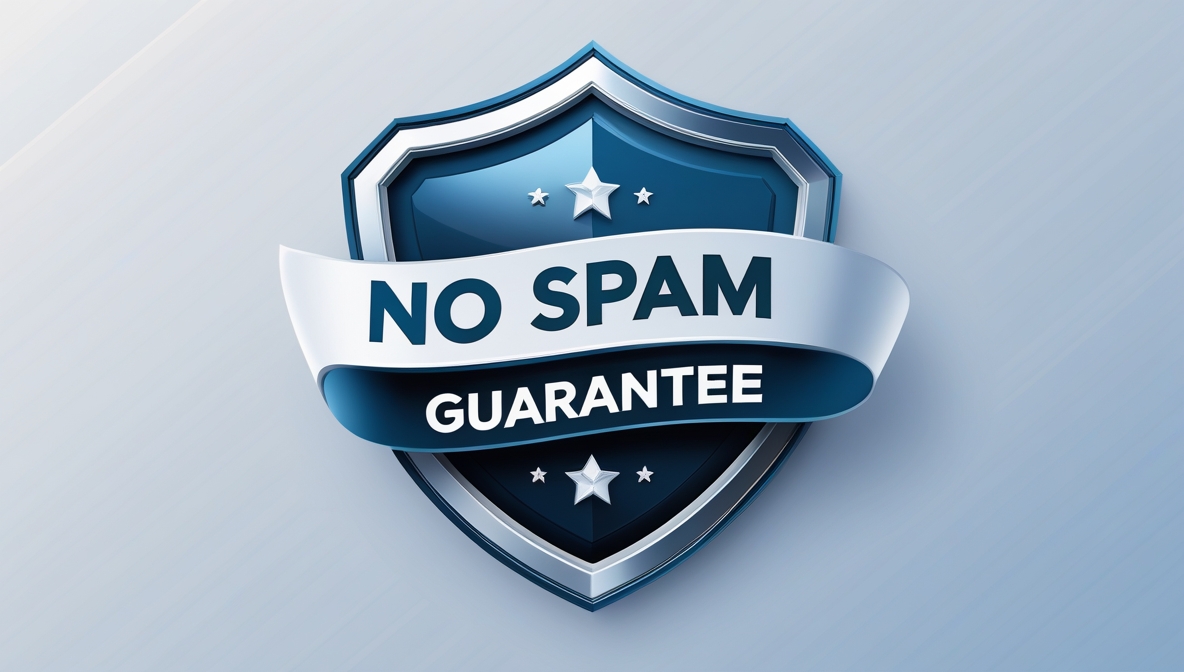Strategic alignment remains one of the most persistent challenges faced by CIOs today, especially when trying to prove the business value of IT investments. The "Balanced Scorecard" offers a proven approach that CIOs across industries are increasingly adopting to effectively link IT efforts directly to organizational strategy and measurable outcomes.
In many organizations, significant resources are allocated to technology projects with the expectation of tangible returns. However, recent studies indicate that nearly 70% of IT initiatives fail to deliver measurable business value due to poor alignment with strategic priorities. Without a structured approach, technology decisions frequently become disconnected from organizational goals, leading to mismanaged resources and unmet stakeholder expectations.
When CIOs struggle to demonstrate how IT investments directly enhance business performance, they face skepticism from executives and stakeholders. Such skepticism not only jeopardizes project funding but also limits the influence and credibility of the CIO role itself, weakening the position of technology as a strategic driver in the organization.
These challenges become even more pressing in competitive environments where the speed and clarity of decision-making directly impact market position. Organizations that do not establish clear links between technology initiatives and their strategic objectives risk diminished efficiency, wasted investments, and ultimately reduced competitive advantage.
The Balanced Scorecard directly addresses these critical challenges by enabling CIOs to systematically connect IT initiatives with clearly defined business outcomes. This method allows for creating precise metrics across financial, customer, internal processes, and innovation perspectives. CIOs can leverage this tool to track and communicate the exact contributions of IT projects to organizational performance, ensuring stakeholder confidence and strategic coherence.
By effectively utilizing the Balanced Scorecard, CIOs not only justify current technology investments but also position IT as a fundamental strategic asset within their organizations. Embracing this structured, transparent approach ultimately empowers CIOs to align technology initiatives more closely with organizational vision, securing long-term business growth and competitive advantage.
Main Contents:
This analysis of Strategic Alignment with the Balanced Scorecard details a structured framework enabling CIOs to link IT initiatives directly to organizational strategy, ensuring technology investments achieve measurable, impactful outcomes.
- Balanced Scorecard Fundamentals: Outlines core principles and essential components necessary for effective use by CIOs.
- Strategic IT Alignment Techniques: Presents methods CIOs can apply to ensure technology initiatives directly support business objectives.
- Establishing Relevant Metrics: how to create and implement meaningful performance indicators for IT success.
- Communicating Value Effectively: Demonstrates practical ways CIOs can clearly articulate IT contributions to stakeholders.
- Real-World CIO Examples: Shares practical scenarios illustrating successful strategic alignment using the Balanced Scorecard approach.
This comprehensive analysis ensures CIOs can confidently demonstrate IT’s strategic value, optimize investment decisions, and drive organizational effectiveness through clear alignment.
Key Takeaways:
This analysis equips readers with key insights to effectively use the Balanced Scorecard for strategic IT alignment, leading to improved business outcomes and enhanced stakeholder trust.
- The Balanced Scorecard clearly links IT projects to strategic objectives.
- Proper metrics demonstrate measurable business value.
- Clear strategic alignment strengthens executive buy-in and support.
- Effective communication ensures stakeholders recognize IT’s contributions.
- Practical examples clarify implementation and success strategies.
Leveraging this analysis helps CIOs align IT strategy precisely with organizational goals, ensuring long-term business success and improved credibility among stakeholders.
CIOs and IT leaders often face significant challenges in aligning their technology strategies with the broader business goals of their organizations. This analysis of Strategic Alignment with the Balanced Scorecard provides practical strategies and actionable insights to address these real-world challenges effectively.
- Demonstrate IT Value Clearly: Use this Balanced Scorecard analysis to articulate and communicate IT’s contributions in terms business stakeholders readily understand, thereby reducing skepticism.
- Prioritize Strategic Initiatives: CIOs can apply this analysis to clearly define and rank technology projects based on strategic relevance, enhancing resource allocation decisions.
- Establish Measurable Performance: The Balanced Scorecard outlined here helps IT leaders create precise metrics that reflect actual business outcomes, improving transparency and accountability.
- Justify Technology Investments: CIOs can leverage this analysis to systematically demonstrate the strategic and financial rationale for technology initiatives, facilitating executive support and funding.
- Strengthen Cross-Functional Collaboration: Utilize this document to foster dialogue and alignment among IT, executive leadership, and other business units, creating a unified vision for organizational success.
This Balanced Scorecard analysis empowers CIOs and IT leaders to effectively resolve alignment challenges, clearly demonstrate IT’s business value, and strategically position technology as a crucial driver of organizational growth and competitive advantage.

